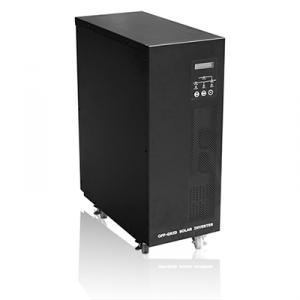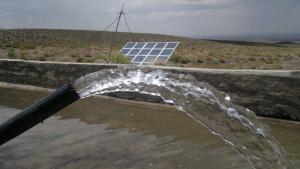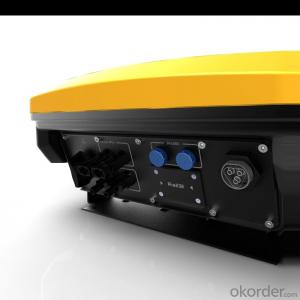Best Off-Grid Solar Inverter
Best Off-Grid Solar Inverter Related Searches
Led Light Bulbs For Ceiling Fixtures Led Lamps For Ceiling 42 In Ceiling Fan With Light Parts For Light Fixtures Light Projector For Christmas Grill With Led Light Bar Hanging Lights For Kitchen Bar Ceiling Lights For Sitting Room Ceiling Brackets For Lights Ceiling With Led LightsHot Searches
Aluminium Wire Mesh Manufacturers India Ceiling Fan Lowest Price Aluminium Scaffold Planks Sale Aluminium Walkway Mesh Prices Aluminum Bar Stock For Sale High Mast Light Price List Solar High Mast Light Specification High Mast Light Specification 6061 Aluminum Bar Stock Price Aluminum Bar Stock Price Stage Light Price Solar Inverter Fault Light Led Light Manufacturers Aluminum Round Bar Stock Sizes Aluminum Round Bar Stock Near Me Ceiling Fan Lowest Price Aluminum Flat Bar Stock Near Me Aluminum Bar Stock Sizes Aluminum Bar Stock Suppliers Aluminum Bar Stock Near MeBest Off-Grid Solar Inverter Supplier & Manufacturer from China
Okorder.com is a professional Best Off-Grid Solar Inverter supplier & manufacturer, offers integrated one-stop services including real-time quoting and online cargo tracking. We are funded by CNBM Group, a Fortune 500 enterprise and the largest Best Off-Grid Solar Inverter firm in China.Hot Products
FAQ
- A solar inverter handles varying solar irradiance levels by continuously monitoring the incoming solar energy and adjusting its output accordingly. When the solar irradiance level is high, the inverter increases its output voltage to maximize power conversion. Conversely, when the solar irradiance level drops, the inverter reduces its output voltage to maintain a steady and efficient power conversion. This adaptive response ensures that the solar inverter efficiently converts the available solar energy into usable electricity regardless of the varying solar irradiance levels.
- Yes, a solar inverter can be used with a solar-powered EV charging network. A solar inverter is responsible for converting the direct current (DC) produced by solar panels into alternating current (AC) that can be used to power electrical devices, including EV chargers. By integrating a solar inverter into a solar-powered EV charging network, the energy generated by the solar panels can directly power the charging stations, reducing reliance on the grid and promoting sustainable energy use.
- Yes, a solar inverter can definitely be used for commercial applications. In fact, solar inverters are commonly utilized in commercial settings to convert the direct current (DC) electricity generated by solar panels into usable alternating current (AC) electricity that can power various commercial appliances and equipment.
- The maximum power output of a residential solar inverter can vary depending on the specific model and capacity. However, on average, residential solar inverters typically have a maximum power output ranging from 3 kilowatts (kW) to 10 kW.
- Yes, a solar inverter can be used with different tracking algorithms. Solar inverters are designed to convert the direct current (DC) power generated by solar panels into alternating current (AC) power suitable for use in homes and businesses. The tracking algorithm is responsible for optimizing the solar panel's output by adjusting the angle and orientation of the panels to maximize sunlight exposure. Different tracking algorithms can be utilized depending on factors such as location, weather conditions, and system requirements. Solar inverters are typically equipped with the capability to support various tracking algorithms, allowing for flexibility and customization to meet specific needs.
- Yes, a solar inverter can be used with solar-powered outdoor lighting. The solar inverter is responsible for converting the direct current (DC) produced by the solar panels into alternating current (AC) that is suitable for powering outdoor lighting fixtures. By using a solar inverter, the solar energy collected during the day can be efficiently utilized to power outdoor lighting systems during the night.
- A solar inverter handles voltage and frequency variations caused by sudden load changes by continuously monitoring and adjusting its output. It uses advanced control algorithms to maintain a stable voltage and frequency, even during sudden load fluctuations. The inverter quickly responds to changes in load demand by adjusting the power output and employing a feedback control system that regulates voltage and frequency within acceptable limits. This ensures that the connected devices receive a stable and reliable power supply regardless of sudden load changes.
- Some indicators of a faulty solar inverter may include a complete loss of power generation from the solar panels, flickering or inconsistent power output, unusual noises coming from the inverter, error messages or warning lights displayed on the inverter's screen, and a noticeable decrease in the overall efficiency of the solar system.













































